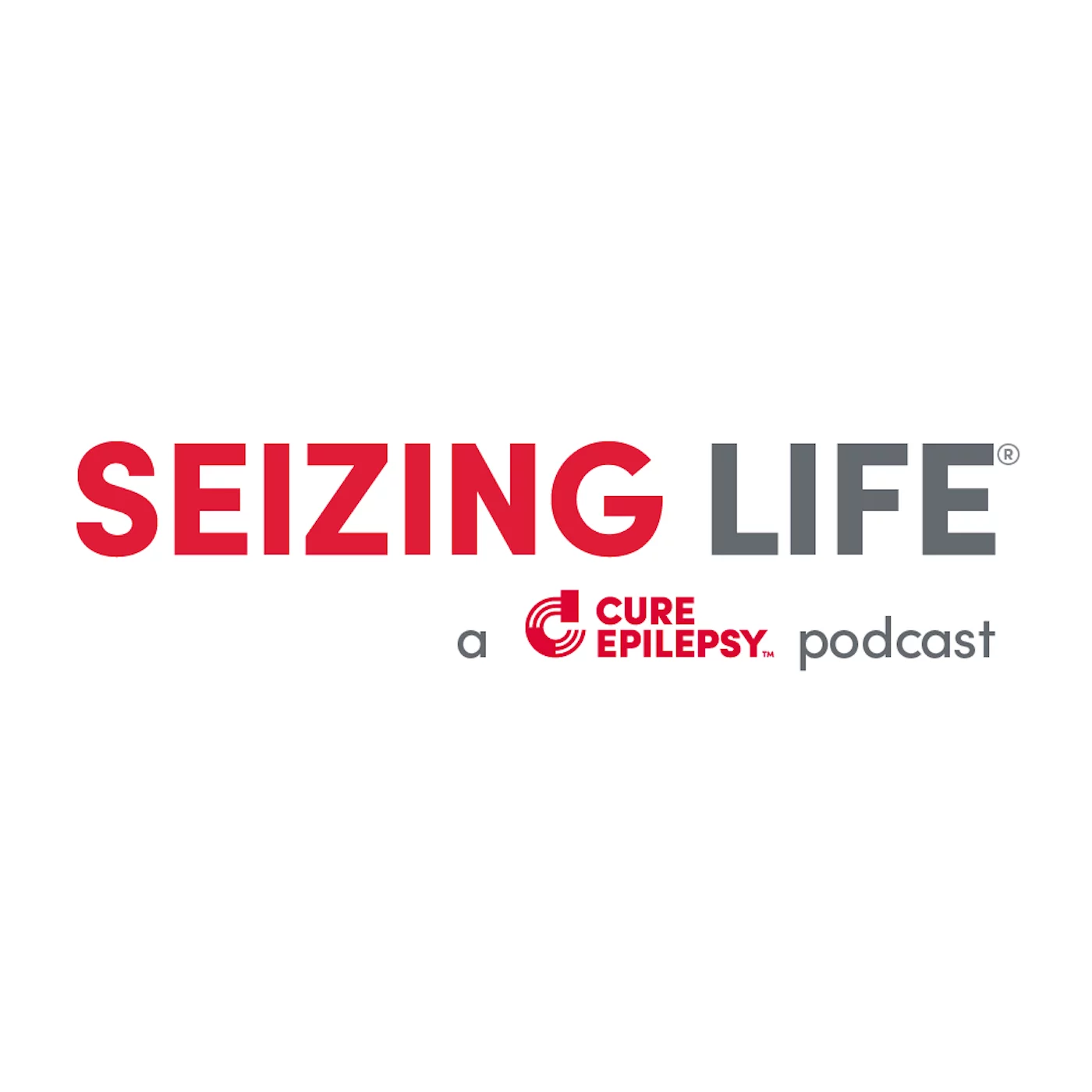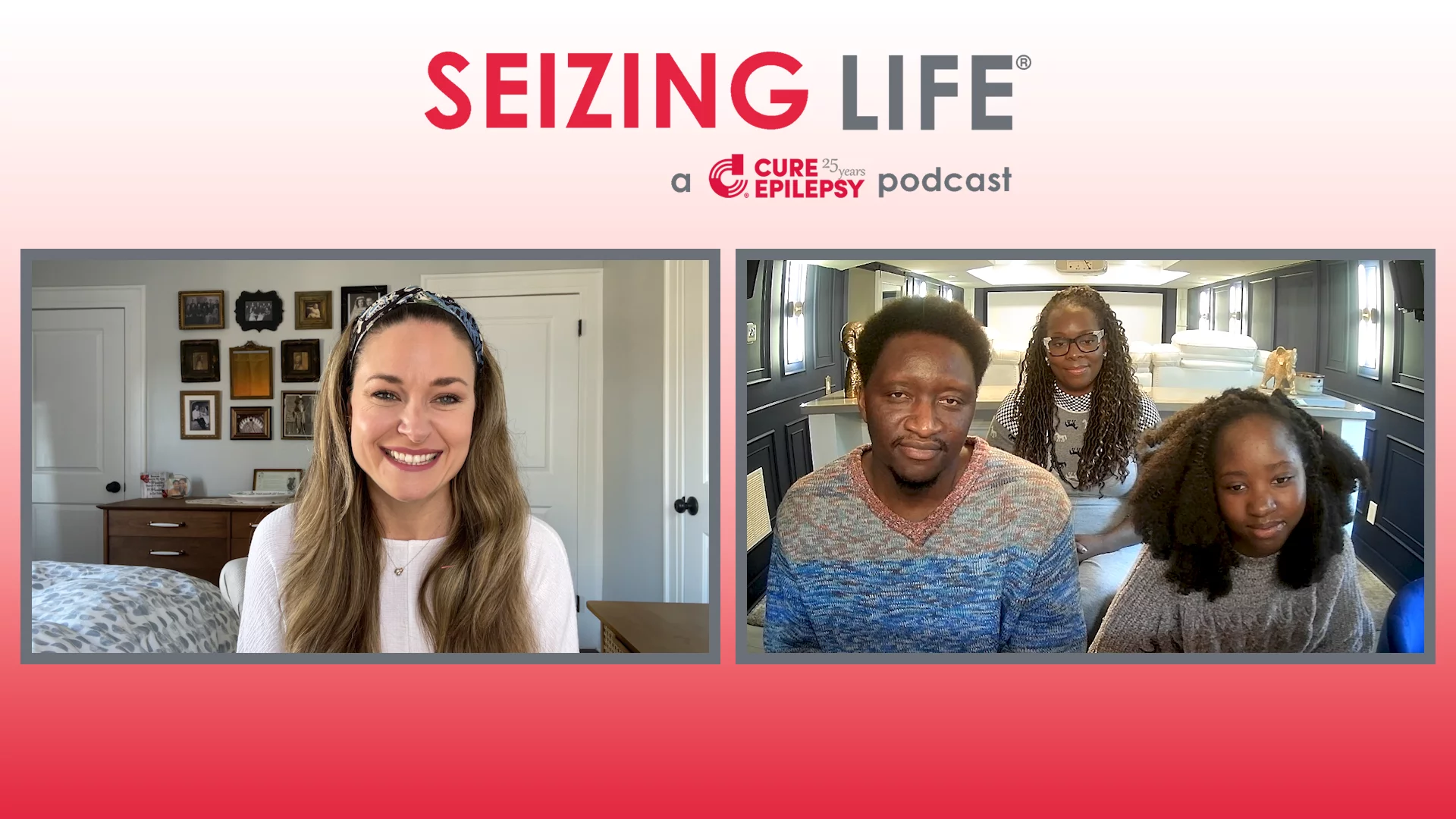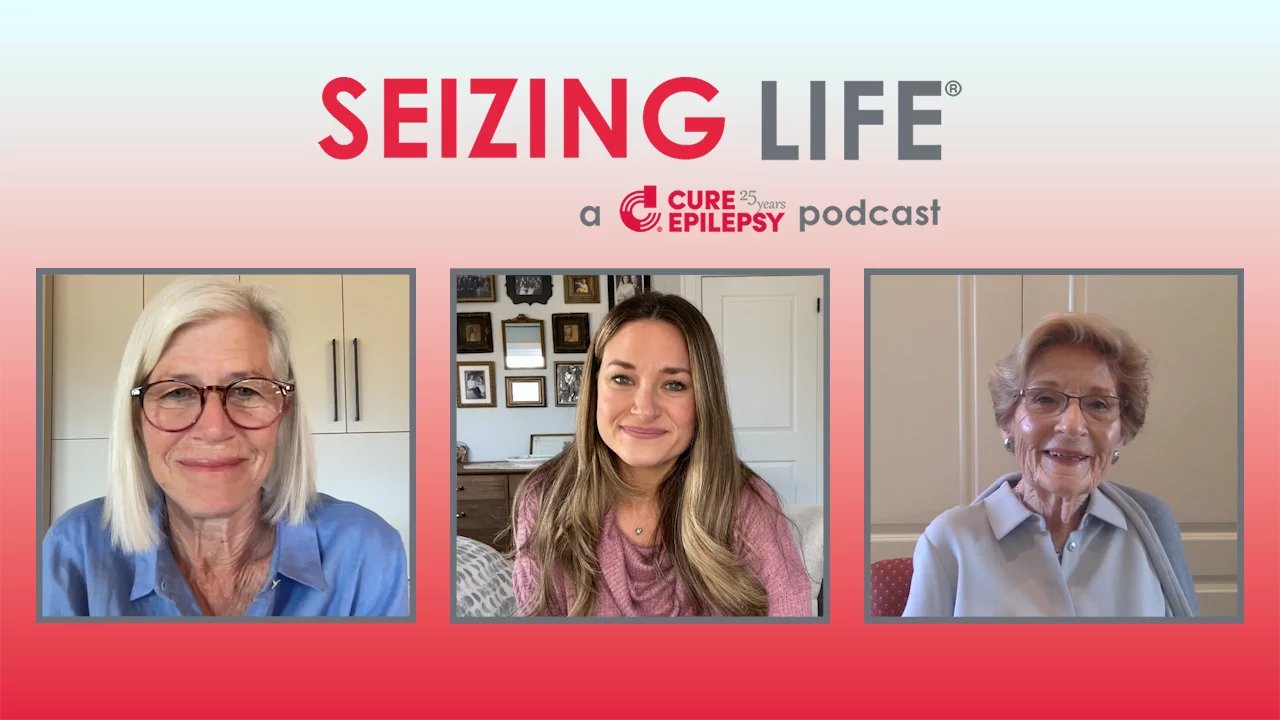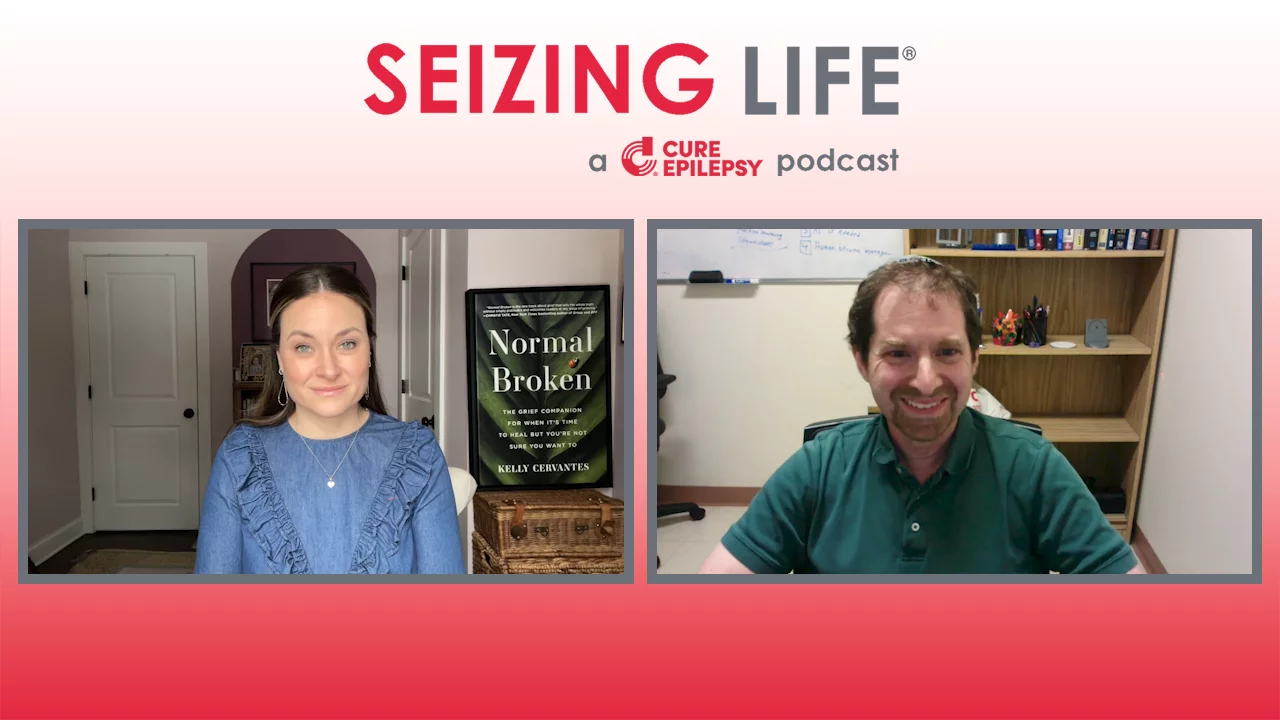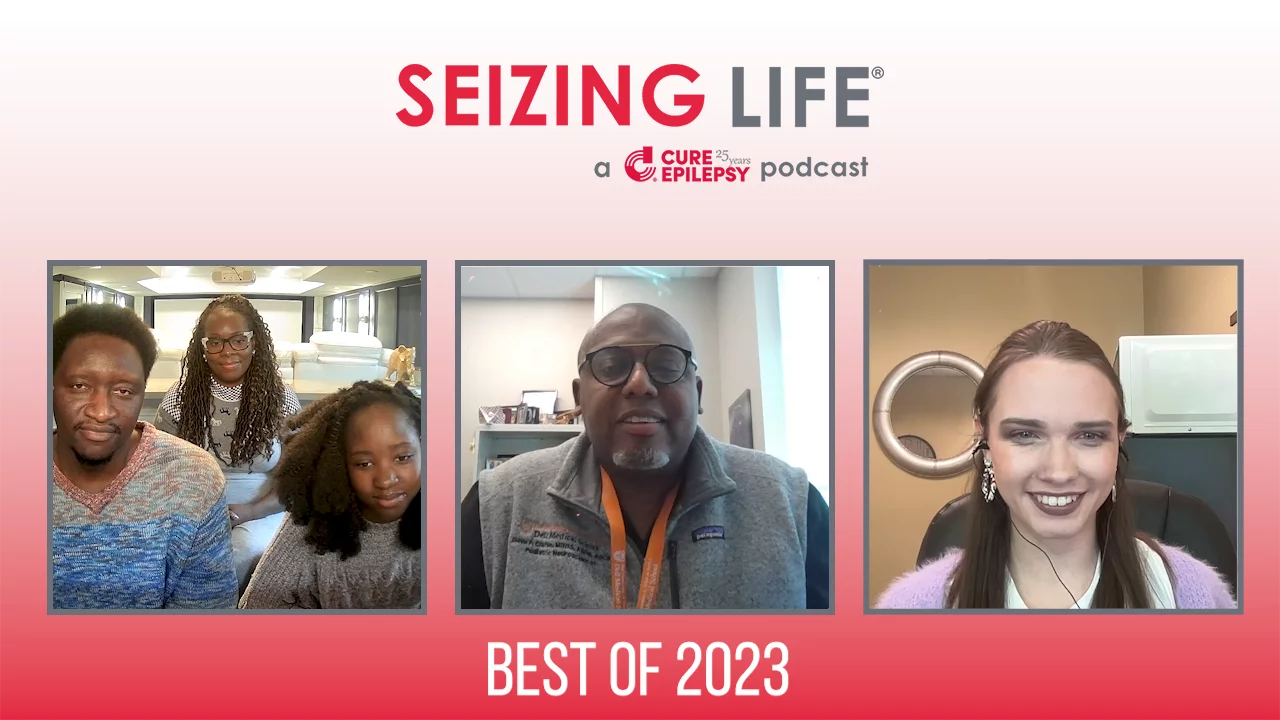Sharing Epilepsy Diagnosis After Decades Leads to Climbing for Research
This week on Seizing Life® Carmen Zannier shares her 35 year epilepsy journey, discusses her recent decision to go public with her diagnosis, and explains how her passion for mountain climbing has led her to raising funds for epilepsy research.
In honor of Epilepsy Awareness Month in Canada, we speak with Carmen Zannier, an advocate and fundraiser for CURE Epilepsy’s strategic partner Epilepsy Canada. Carmen experienced her first “out of body” seizure at the age of 10, followed soon after by her first tonic-clonic seizure. Though Carmen was fortunate to achieve control of her tonic-clonic seizures within months of her epilepsy diagnosis, she continues to experience a more subtle type of seizure to this day. Carmen describes these seizures and discusses how they have impacted her personal and professional life. She explains how stigma deterred her from being public with her diagnosis for decades, touches on the various effects that stigma can have on a person’s mental health, and reveals why she finally decided to go public with her diagnosis in a big way: partnering with Epilepsy Canada to raise funds for epilepsy research by climbing Mount Vinson in Antarctica! Carmen shares details of the journey up Mount Vinson and explains how she approaches climbing while also being mindful of managing her health. Finally, Carmen explains why funding epilepsy research is important to her as a person living with epilepsy.
Download Audio
Want to download this episode? Fill out the form below and enjoy the podcast any time you’d like!
